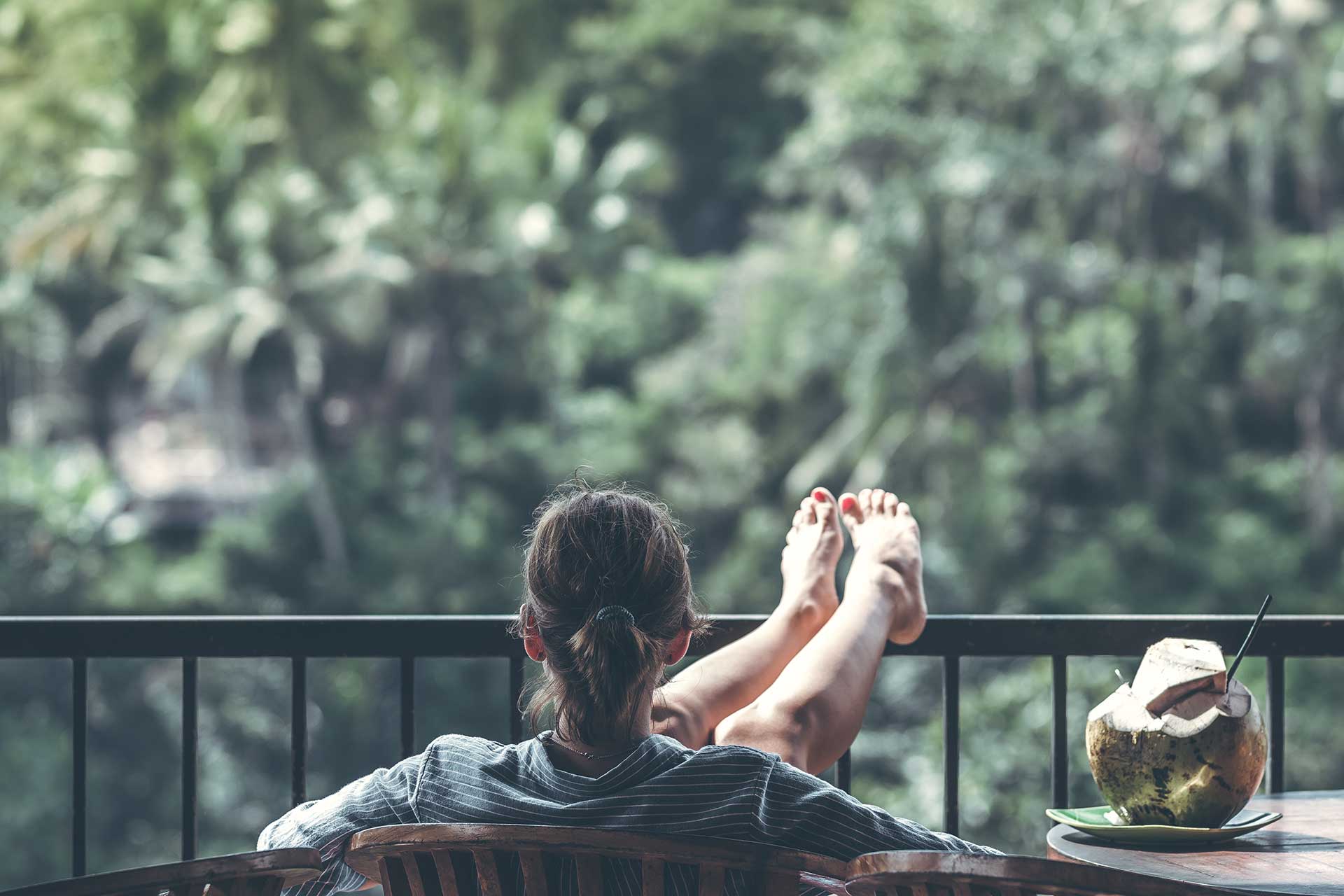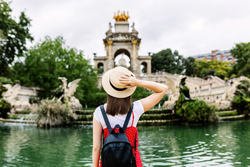After one full day visiting the main sights of the capital we left Bamako direction to Segou and Mopti.
Segou is the capital of Bambaras. According to the tradition, Segou was founded by the Bambaras, who were coming from the North escaping from the war. During the XVIIIth century Segou became the center of its empire and it is still today an important city, second only after Bamako, with a population of around 90.000 inhabitants. Like Bamako, Segou is located on the shore of Niger River and its port is very colorful and nice.
Segou’s main sight, in my opinion, is the walk along Niger River’s shore. Apart from the busy port you will be able to see potters and craftsmen, people working on the fields and women using the river’s waters to wash the dishes and clothes.
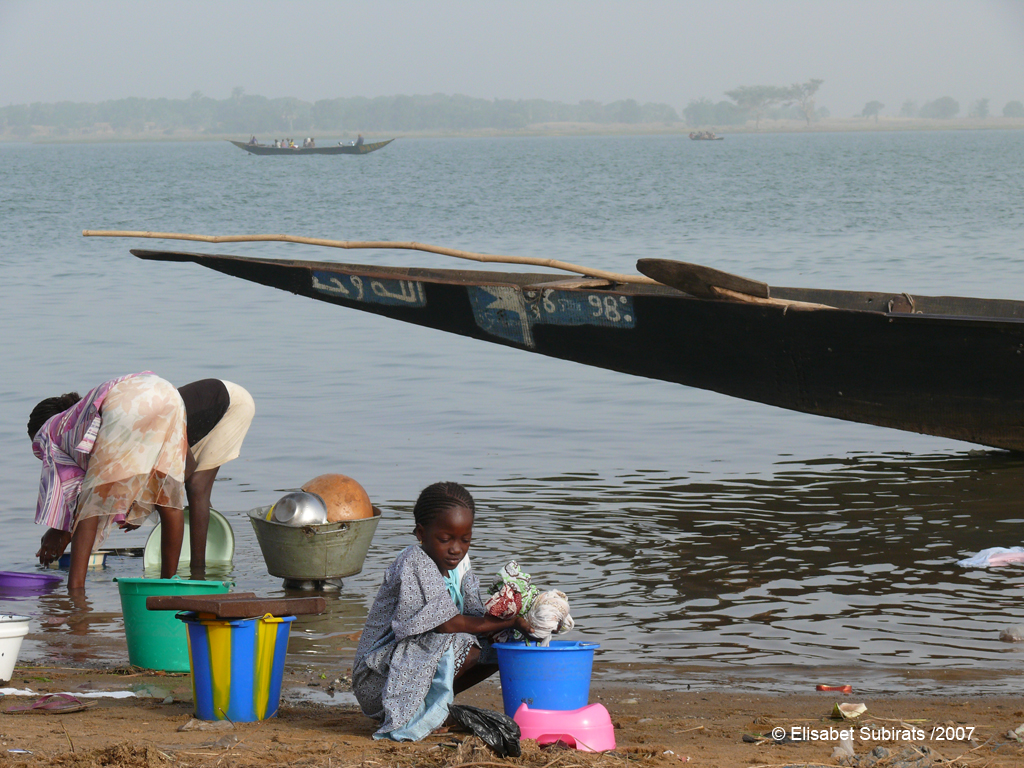
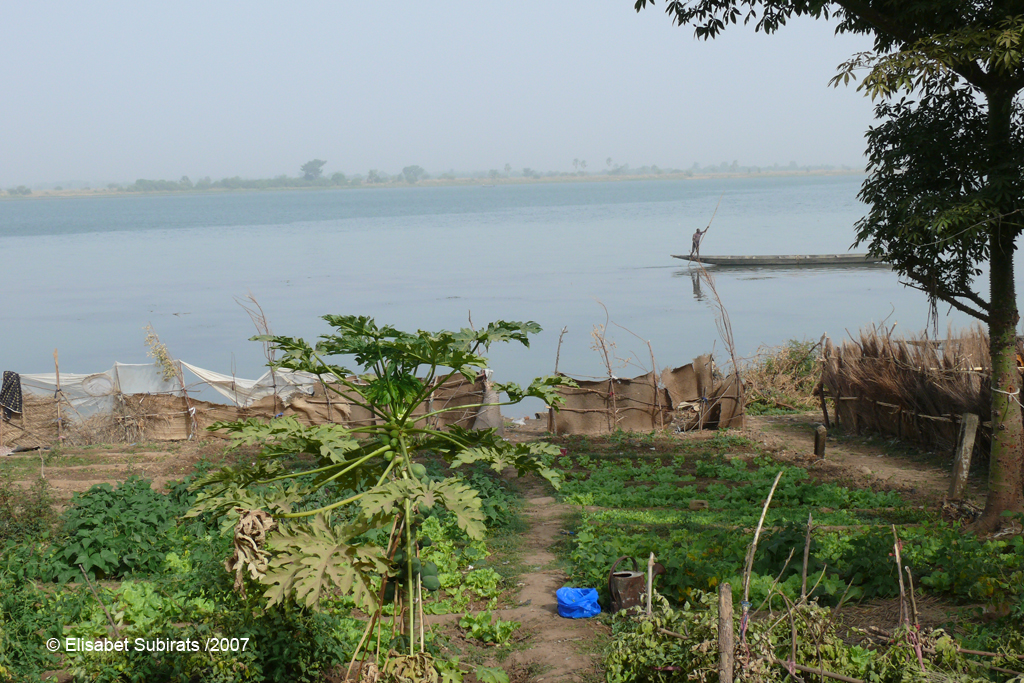
And you will never be alone! Tubabus (white people) are still an uncommon sight in Mali so kids came to us to greet us with their smiles. All of them loved our cameras and were happy to be “models for one day”.
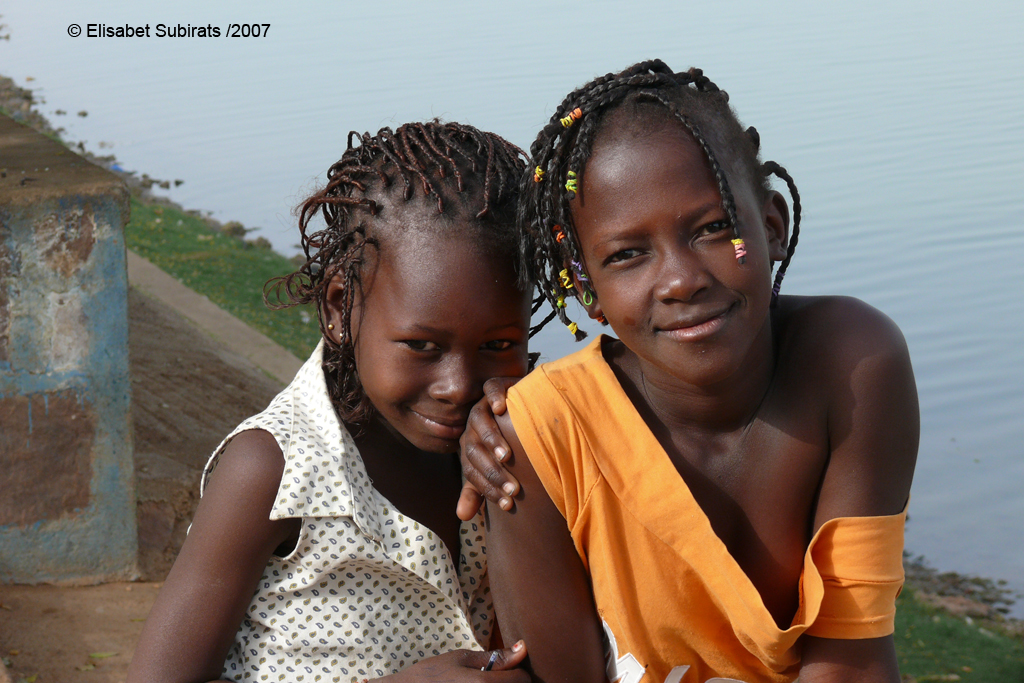
There was a little boy that came with me during all the walk. He was holding my hand and waiting for me patiently every time I stopped for a picture (so every five minutes!) to hold my hand again. What a cute Cicerone! At the end it was hard to say goodbye to him 🙁

The third stop after Bamako and Segou was the city of Mopti.
Mopti is an industrial and tourist city located in the center of the country, also on the Niger River’s shore. Mopti has maybe the busiest river port of the country, where hundreds of pinasses (traditional boats made of wood) are loaded and unloaded day and night. This port was a good place to see Mopti’s everyday life.
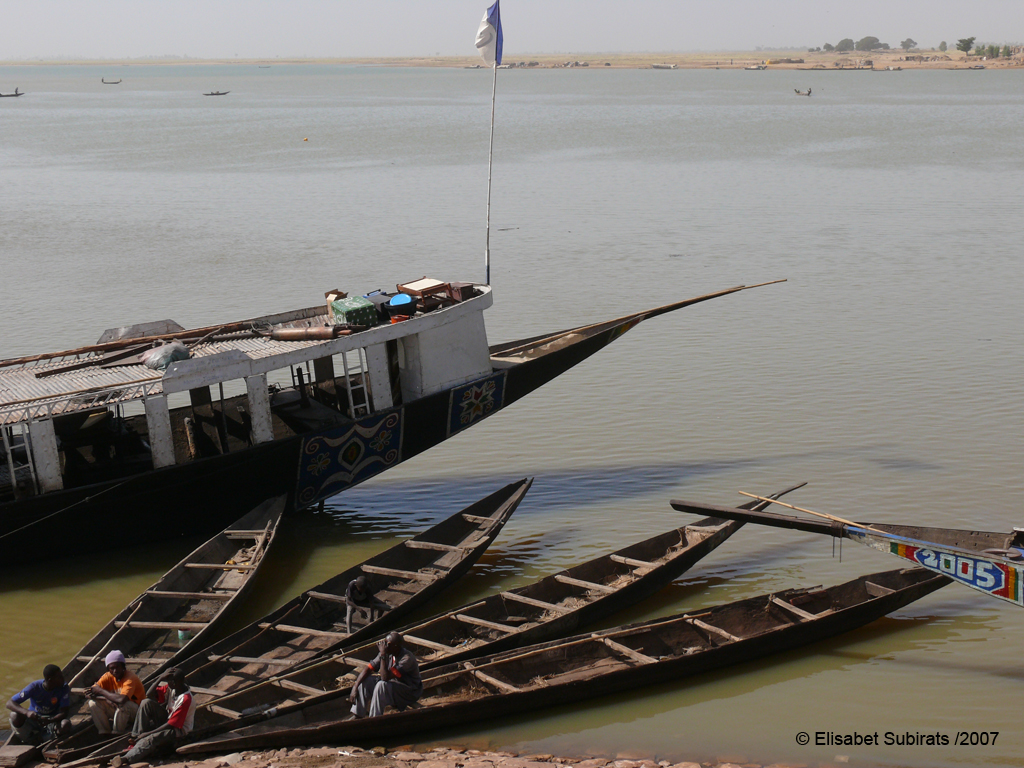
It was also in Mopti where I saw the first mud architecture, typical of this country. The city’s mud mosque, dominating Mopti’s landscape, is a beautiful sight not to miss.
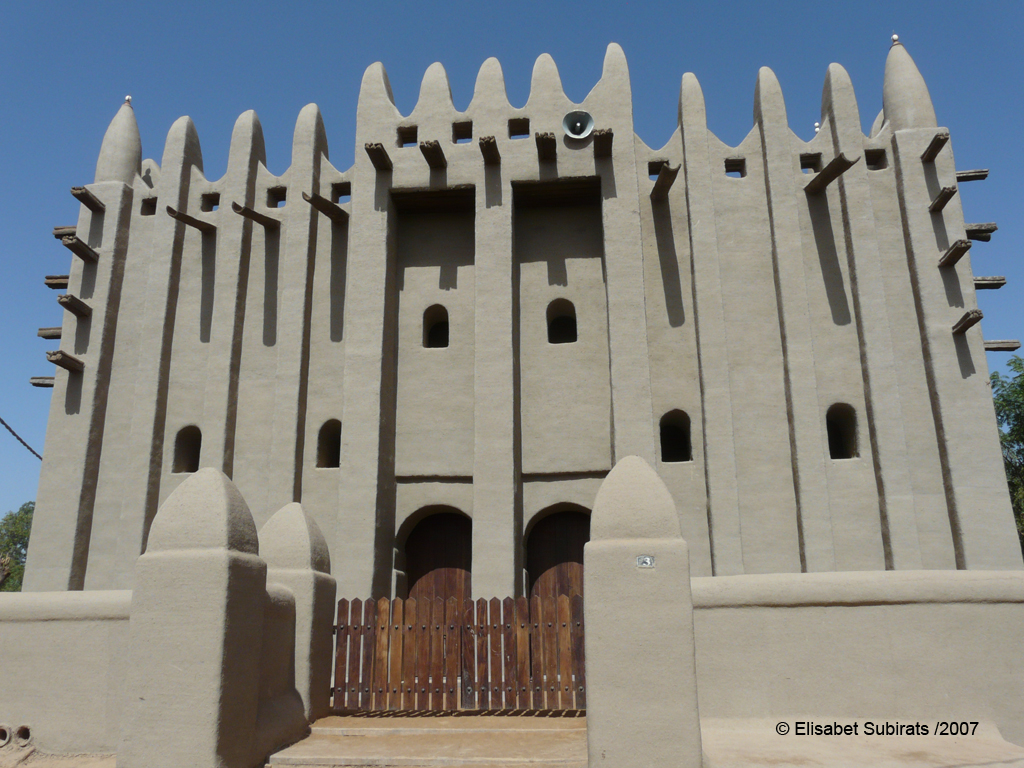
In Mopti’s harbor we took a pinasse to visit the Bozo villages. Bozo people are basically fishermen who live on the shores of Niger River. Their poor and quiet villages are quite different from the busy city of Mopti. Even if the constructions are poor, they don’t forget those kind of details that make them feel “at home”. Sometimes it’s just a touch of color.
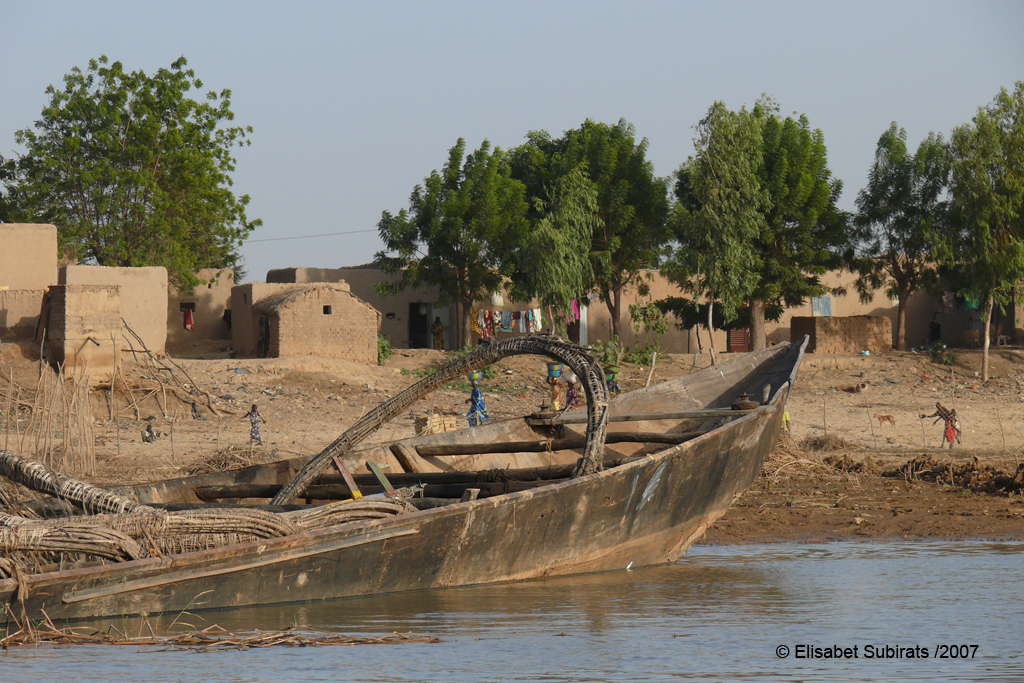

Mopti’s hotel was the most beautiful hotel of our trip. Managed by a couple of Catalan sisters, the bungalows located around a beautiful swimming pool combined the European comfort with a beautiful local decoration. Good that we could have a good rest in this hotel. We did not know it yet but after Segou and Mopti the journey to Tumbouctou would be long, very long, and hard.
Disclaimer: This post includes affiliate links, meaning I get a small commission if you make a purchase through our links. It costs you nothing more (in fact, if anything, you’ll get a nice discount) but helps me to go on creating incredible Barcelona content for you. I trust all products promoted here and would never recommend a product that isn’t of value.
World Trip Planner is a participant in the Amazon Services LLC Associates Program. As an Amazon Associate, I earn from qualifying purchases at no expense to you.
About WORLD TRIP PLANNER
Quirky explorer with a preference for lesser-known sights, I am continuously looking for new ideas and tips to help you plan your dream World Tour!








